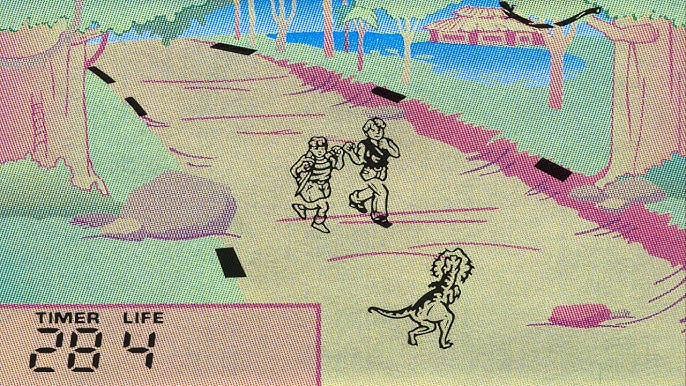The Tiger Vs The Plumber: When Tiger Electronics Took On Handheld Gaming
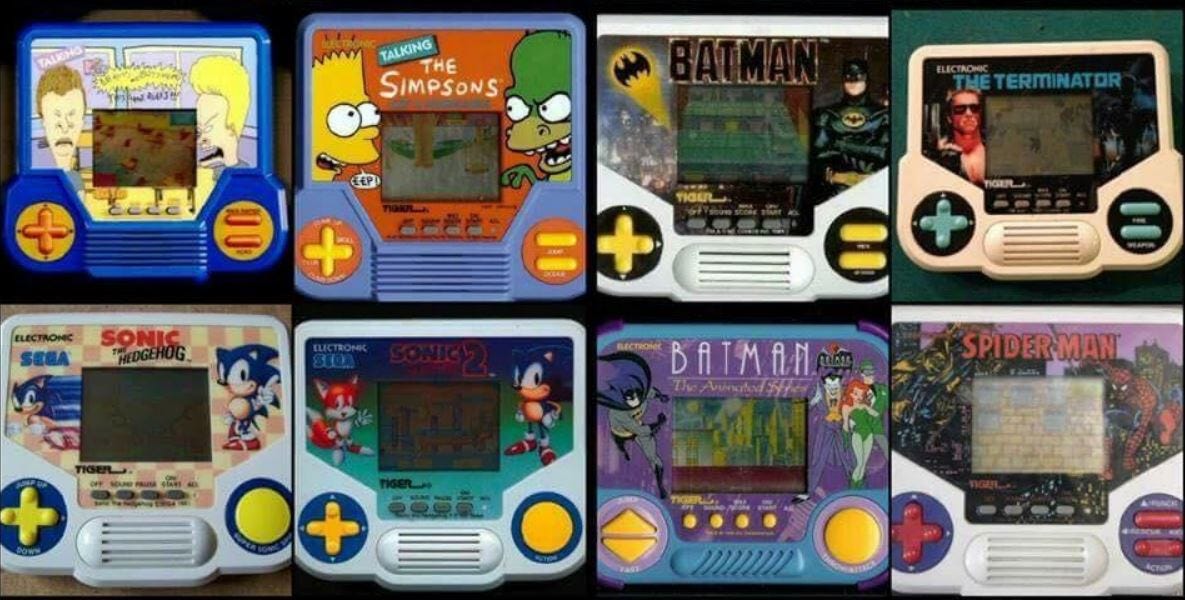
The year is 1995. There’s a multitude of various video game systems on the market. Super Nintendo, SEGA Genesis, the brand new Sony Playstation. Even older systems like the original NES still had a little juice in them. And those were just the home consoles. On the handheld market you had the Game Boy, Game Gear, and even a few fringe players like the Atari Lynx.
So why would someone ever pick up one of these?
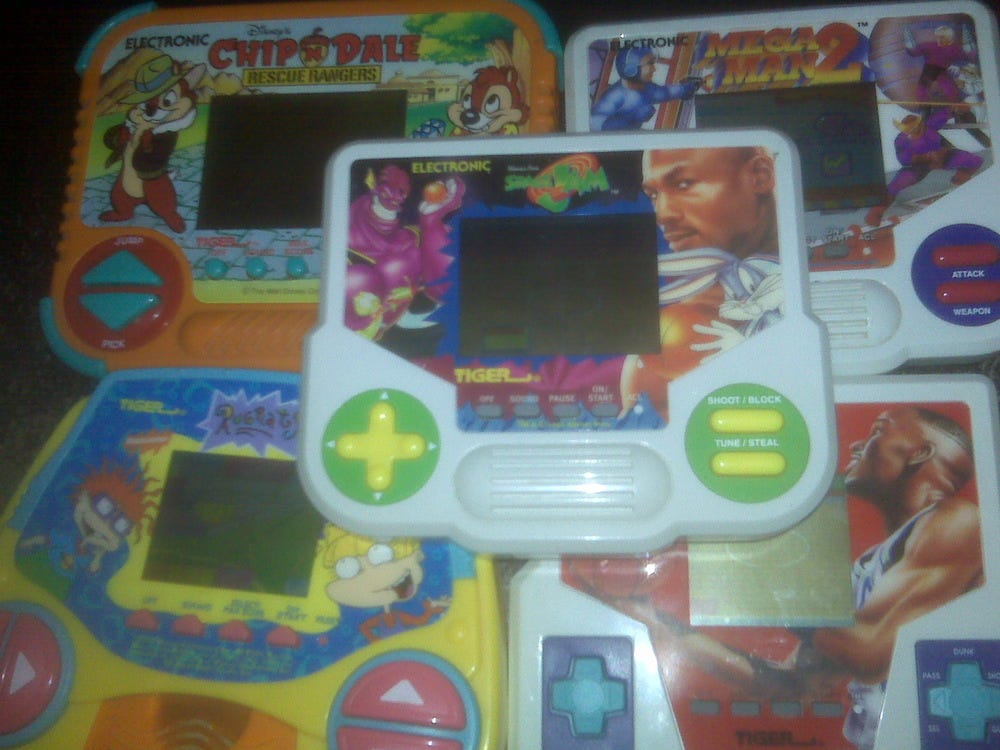
There’s actually several valid reasons. Not the least of which being purely economical. Most of these bad boys were a cool $15-$20 at retail. A steal compared to nearly every other video game on the market, usually worth at least twice as much. And you didn’t need dedicated hardware? It sells itself.
But what exactly is “it”? LCD handheld games. Specifically, the 90s market leader, Tiger Electronics.
LCD based handheld games had been around for years by the early 90s. Video game giant Nintendo even cut their teeth by perfecting the form with their Game & Watch series. Crafting simple, score challenge-based games that worked with the limitations of a rigid liquid crystal display instead of trying to exceed them.
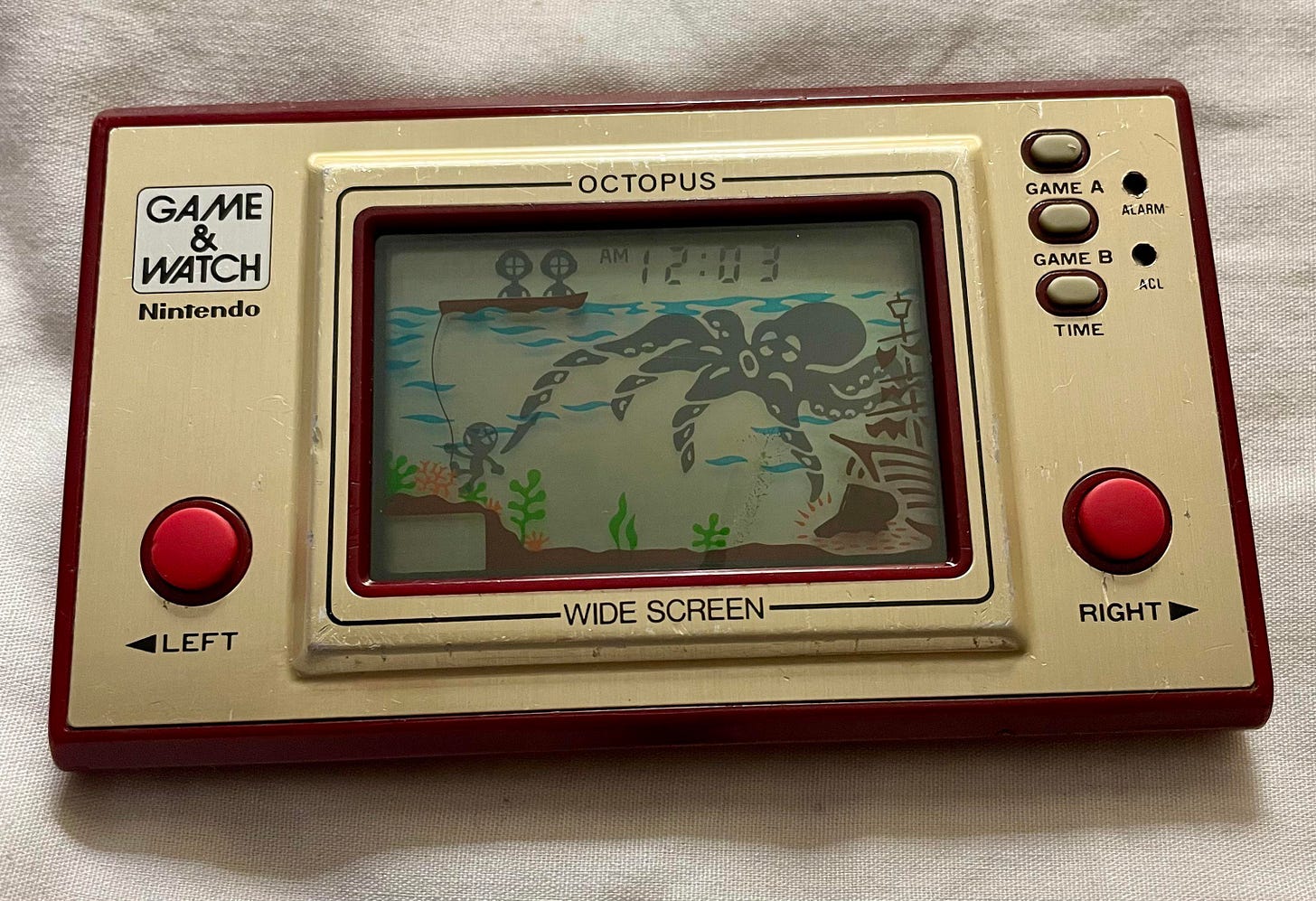
These LCD games could also be mass produced fairly cheap, if you wanted them to be. This is where Tiger Electronics enters the picture.
Up through the late 80s, Tiger Electronics had been known best for their line of educational handhelds & toys. But by the late-80s & early-90s they had utilized their knowledge & resources with creating handheld hardware to break into the video game market by mass producing a fleet of simple, similar stand-alone handheld games.
The big twist though was all in the licensing.
If you were around throughout the 1990s, you saw Tiger Electronics handhelds based on everything from Robocop to The Little Mermaid and Transformers to X-Men to Jurassic Park and beyond. Hell, even the actual video game companies were getting in on the action with handhelds featuring established gaming evergreens like Sonic The Hedgehog, Mega Man, Street Fighter, & Castlevania.
No license was immune from being picked up by the Tiger’s claws.
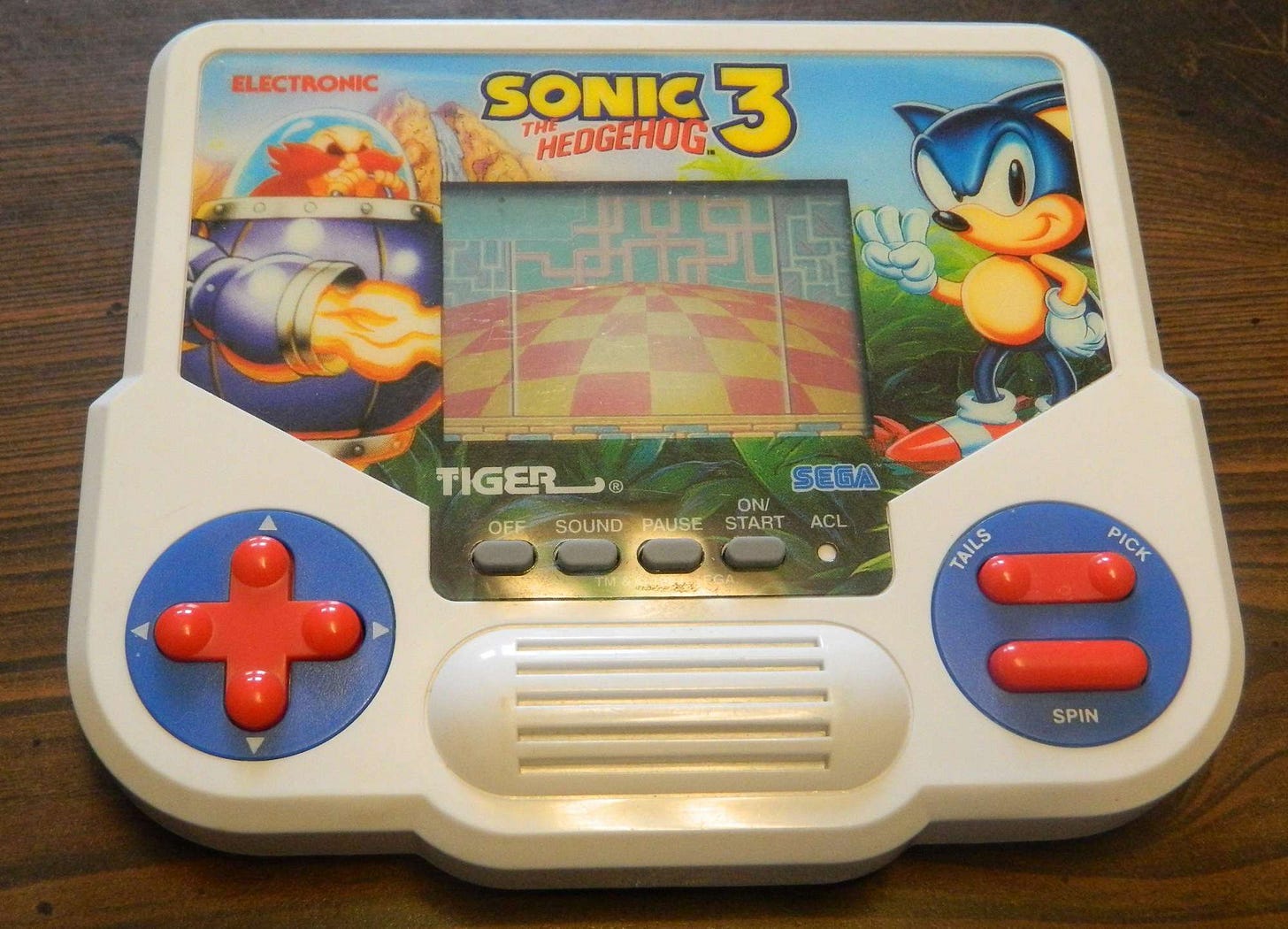
Part and parcel to the licensing was the fact that each handheld made a great physical display piece. Often plastered with artwork from the license-of-choice and wrapped around that tiny LCD screen with the big chunky buttons under it, each unit absolutely looked, for all the world, like it could fill the role of being a capable video game handheld. But then you actually had to turn it on.
Screeching electronic beeps, static images flickering in seemingly random spots in front of a faintly-painted backdrop, character designs that were far too scrunched to even tell what you were supposed to be looking at. These were the hallmarks of an average Tiger LCD game.
This was supposed to compete with the likes of the Game Boy? Well, yes. Furthermore, if we’re being honest, their plan kind-of worked.
While I couldn’t find hard sales figures for the time, the fact that they consistently pumped these things out all the way through 1998 (the year they were acquired by Hasbro) speaks to their saturation, if nothing else. Also, I was able to find a 1998 Toy Fair recap that cited Tiger Electronics as having 280 current products (including other key items like giga pets and general electronic toys) on the market and a TV ad budget at $50 million.
It’s easy to look back on these devices and see their faults. They’re there. No doubt about it. But you have to remember that these handhelds were aimed at 5-12 year olds looking for a quick hit of that video game spark on a car ride or on a break from doing homework etc. These were the equivalent of the cheap mobile phone games before those came into fashion.
Judging Tiger Electronics on those merits puts a finer perspective on how we should view these relics of the past. While, yes, the price was right. Believe it or not, most of these games actually did deliver on what they promised.
Now, the delivered experience was a whole lot of vibes and window dressing. But shame on you if you honestly saw that rinky dink LCD screen in action and thought you were actually getting a full big boy gaming experience.
Think of the Tiger games as a piece of candy. It was a quick shot of sugar to get you a little bit hyped up and carry you through the next small part of your day. As opposed to eating an actual meal or sitting down to play a real video game that is going to give you your fill for the rest of an evening.
But don’t take my word on the lasting love for these devices. There’s a whole community of folks who have been working to preserve and emulate these devices. Streamers like Danny & Alex from RetroPals have done a great job at preserving these games in-action by cataloging them via showcase streams.
The most-impressive archivist though is a creator named Itizso, who has meticulously emulated a whole host of various LCD handhelds, down to creating 3D casings you can swivel around and inspect. It’s truly outstanding work that will honestly make your jaw drop.
But whether you have fond memories of Tiger’s LCD handhelds or a lingering pang of feeling ripped-off, there’s no denying that they were fantastic at creating cheap games where you could help your favorite mascots & heroes successfully remove the money from your parents’ wallets.
Be sure to help out and share this article on social media. I’d really appreciate it. You can follow me on social media or subscribe (for FREE) so you don’t miss future articles:
Follow on Bluesky: VinForte
Follow on Twitter: MightyVin
Follow on Instagram: VinForteNYC





